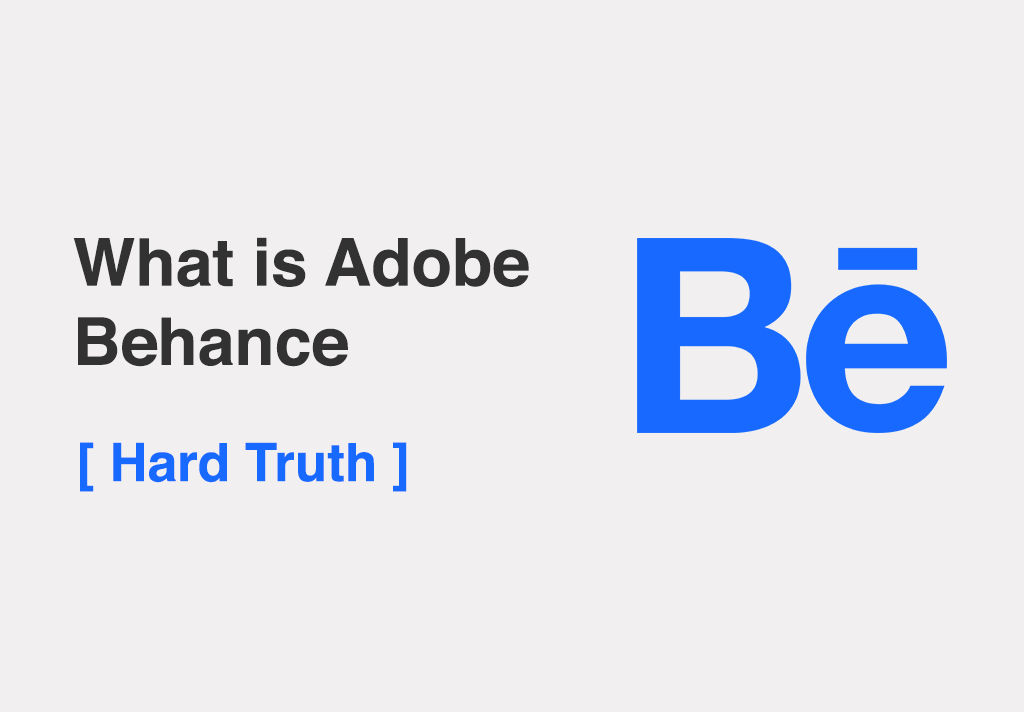Looking to get started on Adobe Behance? Not sure how to get started and make your own portfolio on Behance? Do not worry we talk about what Adobe behance is.
We will take you through a proven step by step process to setup your portfilio on adobe behance. Along the the way we will discuss topics like “is behance worth it?” and much more. Keep reading to find out more.
What is Adobe Behance
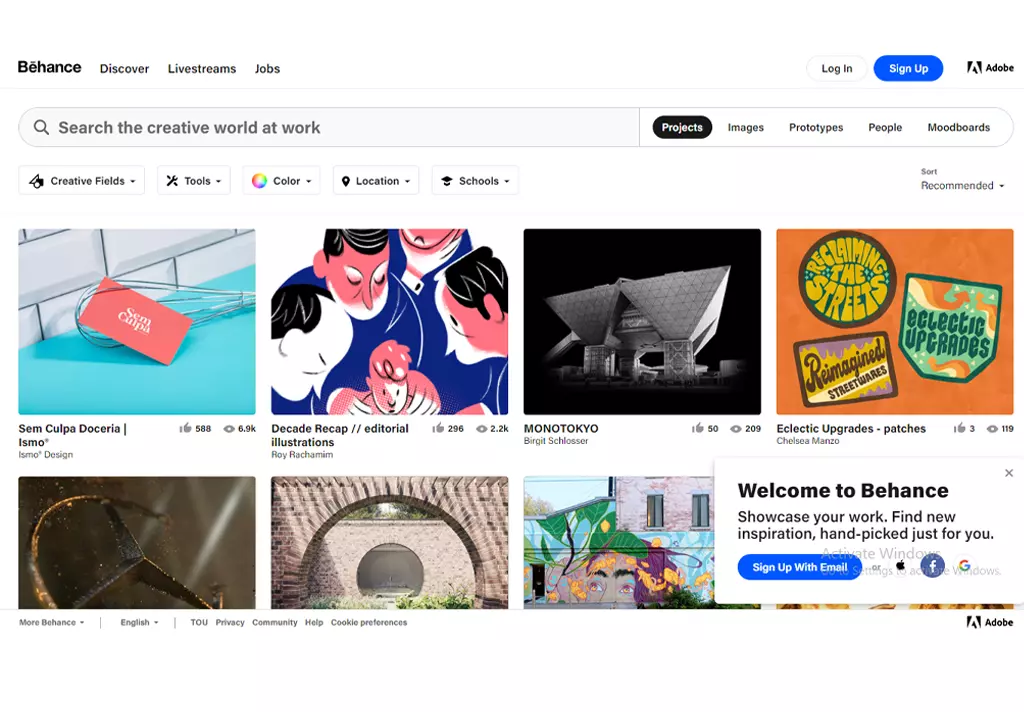
Behance is an online portfolio platform that allows users to establish an online webpage and submit their work to show off.
Adobe Portfolio, like Behance, is designed to help you build an online portfolio. It does, however, offer far more features than Behance. Anyone who works in the creative field is expected to have a portfolio.
After all, that’s how they’ll be able to show off their work and attract additional customers. Until a few years ago, these had to be in hard copy, which the creative professional had to bring around.
However, because we are now living in the digital age, You must update these portfolios.
Behance and portfolio are two services that enable you to do so.
The main advantage is that it is easier to share, as you can simply share the URL of the web page rather than having to create a new one.
How to create a Behance portfolio
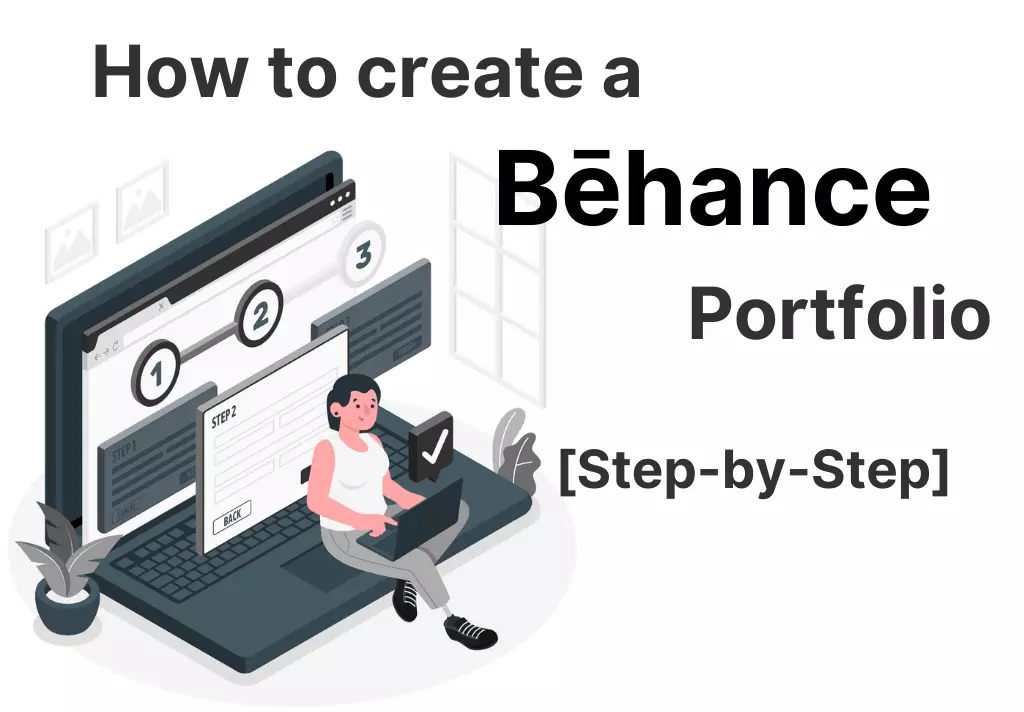
Step 1: Create Your Own Task
It’ll take you to Behance’s Project Editor after clicking Create A Project. This is where you’ll start working on your project.
You can then, for example, alter the color of your backdrop and do a lot more!
Step 2: Determine the scope of your project
The first step is to give your project a title and a brief description.
Those who look at your project maybe fans, other artists, or potential employers. As a result, it is critical to inform the viewer about your project, possibly by describing the process or sharing where your inspiration came from.
Step 3: Your first image should be uploaded here
The significant graphic you made should be your first image. If you want, you can add a caption beneath the image.
Step 4: Share Your Ideas
Those that are looking at your portfolio may find it intriguing to observe how you work. You can accomplish this in a variety of ways:
- Captures of the screen
- Close-ups
- Outline mode for your Vectornator design
- Using a time-lapse video, for example.
Step 5: Leave a message
Future partners or clients must be able to locate your contact information immediately. Kenn, for example, likes to provide his email address at the bottom of each assignment.
Step 6: Image for in Cover
The cover image is the first thing people see when they look at your portfolio. It should be pleasant to the eye and engaging to the viewer. As soon as they see your portfolio, you want to attract their interest.
Step 7: Project About- Basic Info
Three elements that best define your project will be chosen. Kenn went with Illustration, Graphic Design, and Digital Art in this case. However, there are numerous options.
Tools Used:
It’s critical to disclose the tools you employed to complete your assignment. Vectornator, iPad Pro, and Apple iPad were among Kenn’s suggestions.
You can also provide a list of additional artists with whom you’ve cooperated who are also on Behance.
Step 8: Discoverability – Project Settings
For this article, Kenn is skipping the Display tab and moving on to Discoverability.
You will write a very brief description of your project here.
This is what shows up in search engines and when you share a link to your project on social networking sites like Facebook or LinkedIn. Many people are unaware of this, which is why I recommended writing the primary description straight on the page earlier.
You’ll also select keywords that are relevant to your design. This will also increase the visibility of your project online, including on Behance!
You may also list your vector design here if you made it for a client or an agency so, if Kenn had designed this for a clothing label like Tommy Hilfiger, for example. Then he would input their information here.
Step 9: Press the Publish button
Your project will display in your portfolio once you click Publish! That’s all there is to it.
Behance has the advantage of allowing you to integrate your work into Adobe Portfolio. In a later article, we’ll go into Adobe Portfolio.
This is, however, one of the advantages of putting your portfolio on Behance.
Another fantastic feature of Behance is the presence of curated galleries! As a result, if a curator agrees to present your work, you will gain additional exposure. The Wacom Gallery is a good illustration of this.
Step 10: Your Work Must Be Presented!
Keep in mind that you are your own marketing and public relations director! Make sure to post the link to your creation on social media after it’s been published. This will increase the visibility of your project and may even help you obtain your dream job!
Is Behance worth it? Is it good enough?
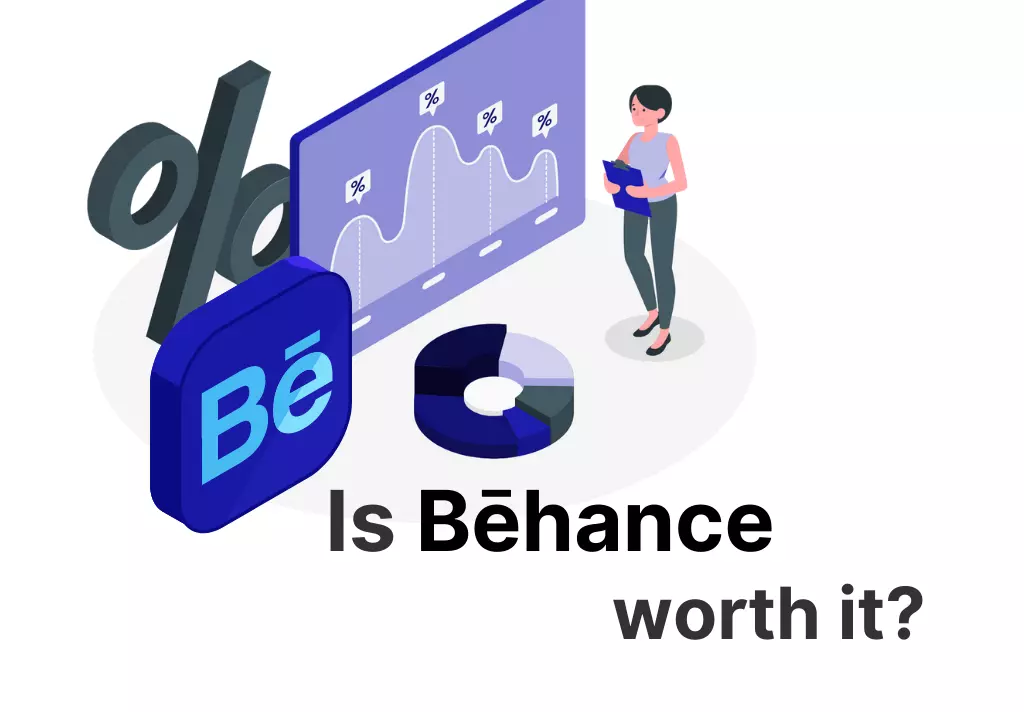
If you’re an artist seeking a platform to display your work, Behance is well worth the investment. The website is also helpful for artists looking for a job. There’s no reason not to use the platform because it’s free for artists.
While Behance does not work in the same way as other freelance networks, it is worthwhile for artists looking for work. For job seekers, Behance functions similarly to classified advertisements in newspapers. Employers publish job openings, and job seekers apply.
On Behance, employers looking for artistic personnel can locate them. It’s awe-inspiring to scroll through the portfolios and highlighted artists since there’s so much talent in one location. Behance can be used as a résumé by sending potential clients to a simple URL where they can view their work.
It appears that not using Behance was a mistake. Although you must first download and save images to your computer before uploading them to the site, Behance is simple to use.
Artists should keep in mind that Behance is an entirely free platform. It’s too bad if uploading photographs causes any inconvenience. It’s preferable to having to create, manage, and pay for a website’s hosting.
Due to the Covid-19 epidemic, Behance is providing free job listings. This is a fantastic price for employers who would ordinarily have to spend $399 to post one position. Employers should seize this opportunity before it is too late.
Otherwise, $399 for a job posting seems excessive. Rather than being an employment site, the site is best known as a place for artists to display their portfolios.
Is Behance worth it in the end? The simple answer is yes because the site is free. It most likely isn’t once Behance starts charging employers to post positions. Artists that do not use the site are squandering their time.
Behance pricing
Behance is offered as part of the Adobe Creative Cloud monthly fee, starting at $14.29 every month. However, you may create a free portfolio on Behance with restricted design and performance characteristics options.
How Behance algorithm works?
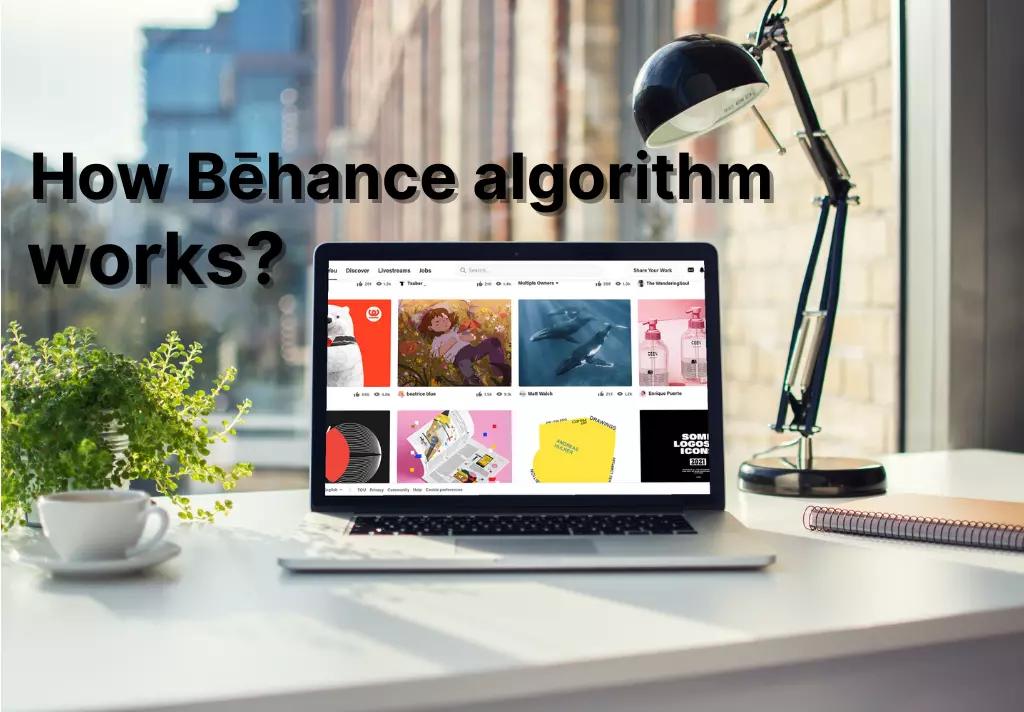
Behance is a website that allows web designers to showcase their portfolios of visual work, such as graphic design, fashion, illustration, photography, and some other types of visual work. One of the economic advantages of Behance seems to be how simple it is to use.
How to use Behance effectively?
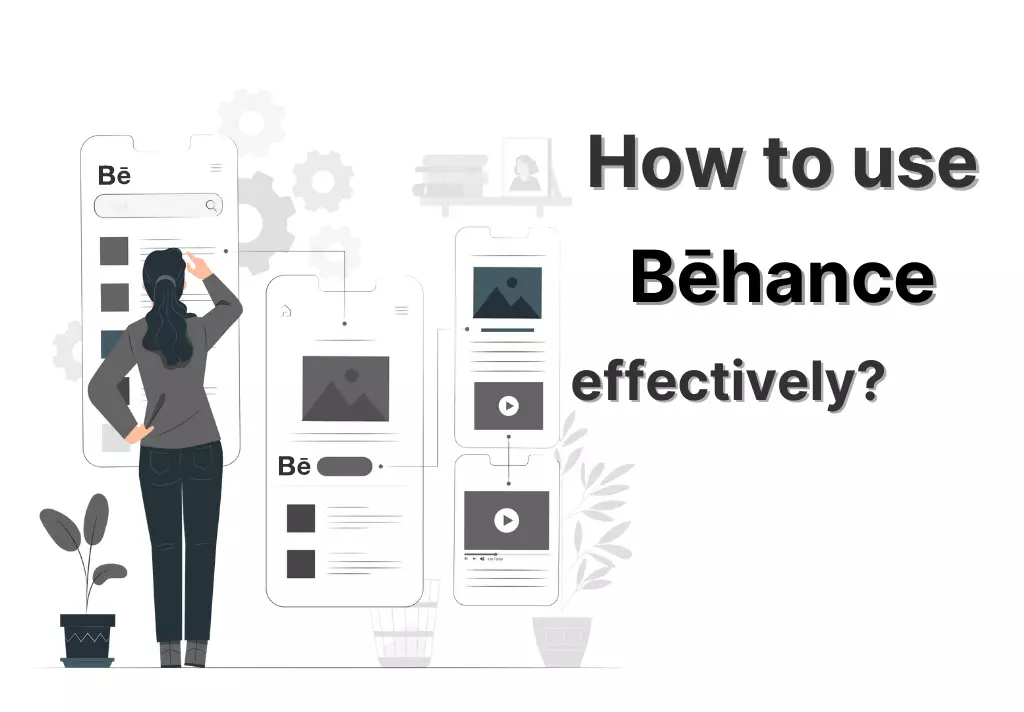
Step 1: In your Behance portfolio, simply present your latest triumph.
Behance is the world’s largest platform for creatives and their portfolios, attracting millions of visitors. Still, a lot doesn’t always help a lot. A small portfolio of only your best work is usually more impressive than a large one. Don’t show any mediocre work in the hopes of having your Behance portfolio discovered sooner.
Keep in mind that art buyers and recruiters, for example, often have limited time and will only see two or three of your projects before the following portfolio is due. Consider carefully what your next customer or project should look like, and then choose motifs for your portfolio accordingly.
Step 2: Pictures are worth a thousand words
Each of your projects should ideally have six to fifteen images. Because, as previously stated, there is rarely enough time in regular work to analyze a portfolio. The number of motifs should be sufficient. Furthermore, although the sixth theme is excellent, five inferior motifs do not lead to lead generation.
You should also decrease the amount of information in the project description and make sure the typography is readable. Allow adequate negative space in your Behance project structure to give your motifs enough room. This will provide you with a light and airy mood.
Step 3: The evil is in the detail when it comes to art.
The following applies to your Behance Portfolio, based on the well-known phrase “the devil is in the details”: The devil is in the details when it comes to art.
You should constantly include motifs with specifics in addition to the main picture of your project. Individual elements of complex screen designs, for example, can be specific typographic characteristics, snippets from extensive photographs and drawings, or unique pieces of intricate screen designs.
Details transform a mediocre portfolio into a fantastic portfolio, expressing your passion for design while also demonstrating your abilities.
Step 4: The journey matters not the destination.
It’s not the end product that matters, but the journey there. It’s not the end product that matters, but the journey there.
Of course, the end outcome is what matters. However, don’t just post your final works on Behance. The inquiry is considerably more intriguing: how did you arrive at your conclusion?
At least one complete case study with sketches and motifs from the creation phase should be included in your portfolio – denoted with the addition (W.I.P.). This can help the community or a possible customer comprehend your expertise in design or photography – and demonstrate that you can make more than just colorful “chickies.”
Also read: How to Make a Resume on Microsoft Word [ 3 Steps ]
Step 5: Never post unfinished work
In your Behance portfolio, never post unfinished work. In your Behance portfolio, never post unfinished work.
On Behance, as with most things, initial impressions matter. As a result, even if you already have two or three finished themes to display, you should make sure that you never post unfinished work at the start. Projects that aren’t completed demonstrate a lack of attention to detail.
Use the “draughts” area if you wish to publish an incomplete product up for trade that you are currently working on. You can discuss your ideas with other designers or photographers without offending them.
Step 6: Make the most of the personalization options available to you.
Behance gives you a lot of options for customizing and adapting your entire portfolio. Use features like the ability to change separators and distances, as well as the backdrop adjustment option, to give your project more personality. Only in this way can you distinguish yourself from other designers or photographers and assure community recognition.
Step 7: Draw attention to yourself
In the digital world of Behance, it’s just as crucial to bring attention to yourself as it is in the analog world of paper. Participate actively in the Behance community’s discussions using your existing social media networks, such as Facebook, Twitter, or Instagram.
By following other designers, artists, or photographers, you might draw attention to yourself. Use the comment function under the projects to observe, collect inspiration, and trade ideas with them. You can also thank them for their efforts by clicking the “Appreciate” button.
What is an online portfolio?
An online portfolio (also known as an electronic portfolio or e-portfolio) is a digital portfolio or e-portfolio that displays your work as well as your skill and experiences. A website, blog, or even a video channel is being used. Making this a essential for freelancers.
F.A.Q.s
How to make a Behance portfolio public?
This isn’t an option because all Behance profiles are public. We can limit who can see projects by altering the privacy settings of the project. However, the profile will still be searchable through search engines.
How to share a Behance portfolio?
Visit your project page and copy the URL in your browser to link anywhere on the web. Hover over the project you want to promote and select Promote from the drop-down menu.
Is Behance portfolio free?
All creative professionals from all disciplines can use Behance for free.
Conclusion
Behance is an online platform for creative professionals to showcase their portfolios. It provides an outlet for creatives of all types, including illustrators and photographers.
You can create your portfolio prototype in three simple steps and have access to all of the customizing features with this software to personalize your portfolio in every way possible completely.
The first step is to register with Mockitt. Once that is done, you can proceed to the designing section to create your Adobe Behance portfolio prototype.
Thank you once more. Please return soon for more updates based on your suggestions:)
Keep the conversation going

Hi, i’m Akash shaw creator of Adsvast agency , Hello, I am a perfectionist with deep love for aesthetics,
a graphics designer with expertise in logo design and branding.
My only goal with Notamartwork is try to help others to freelancers to get jobs and learn how to do freelancing.
